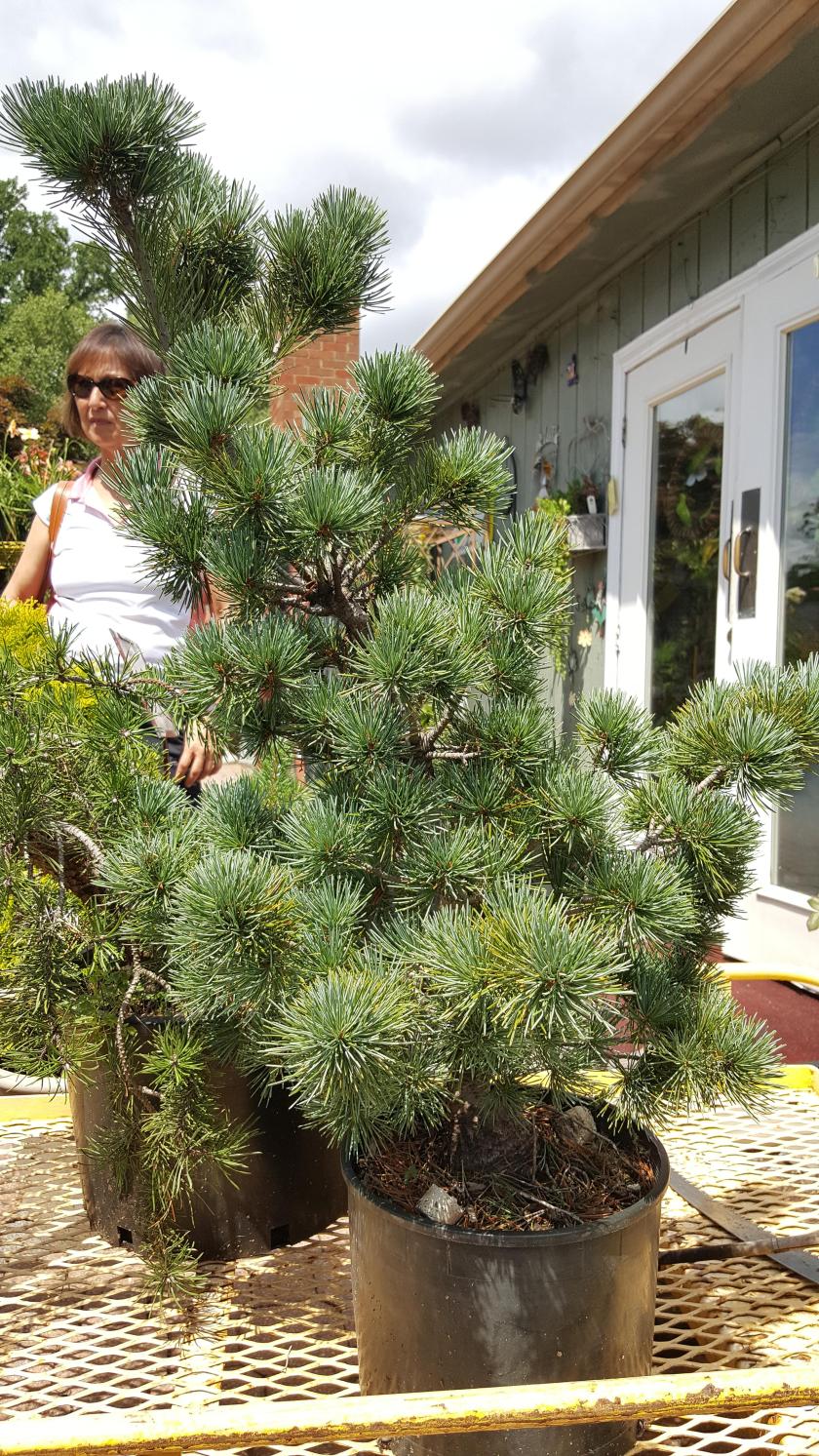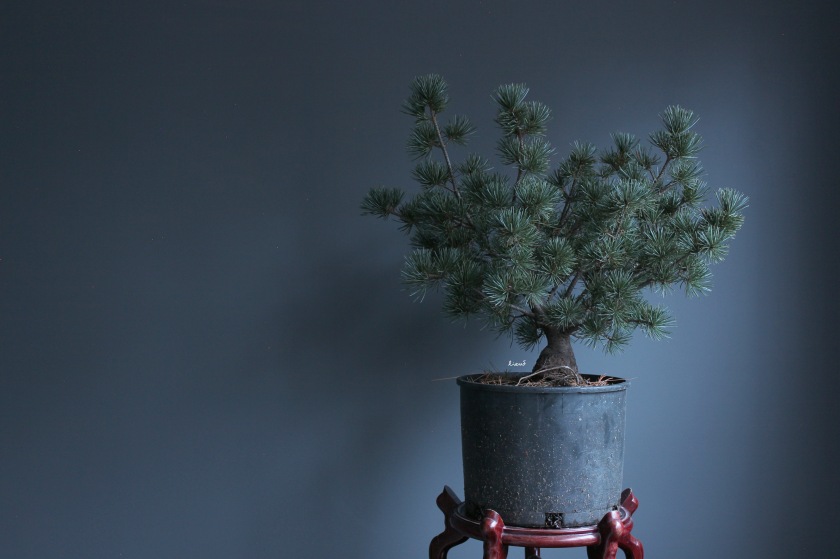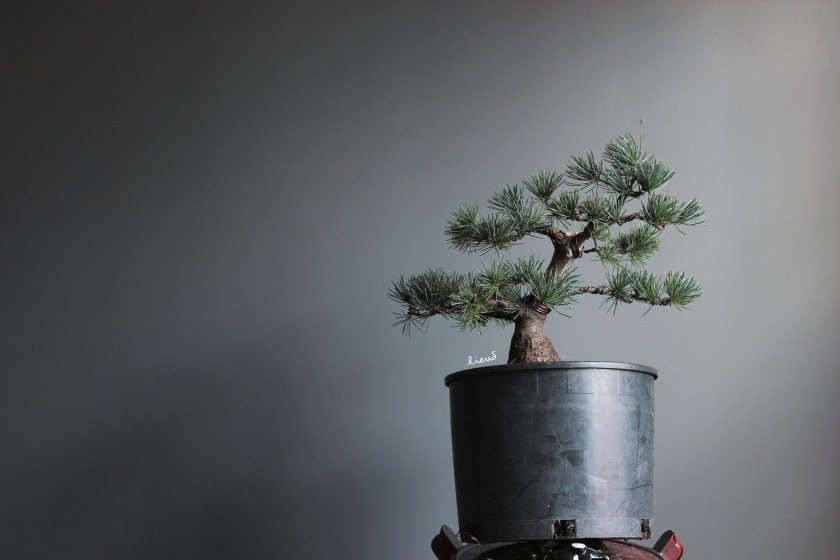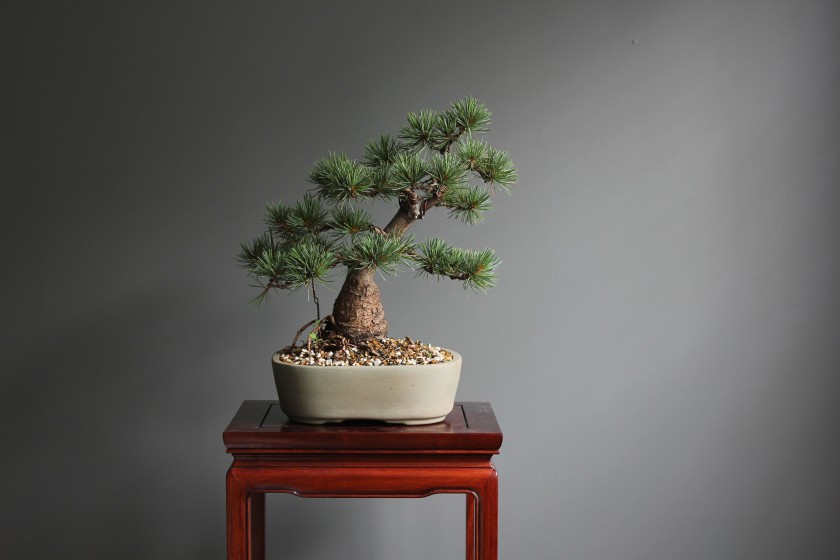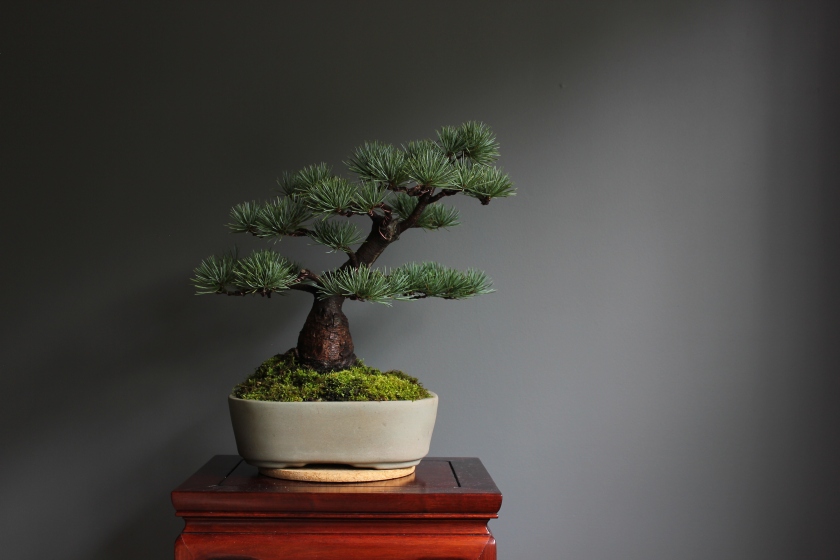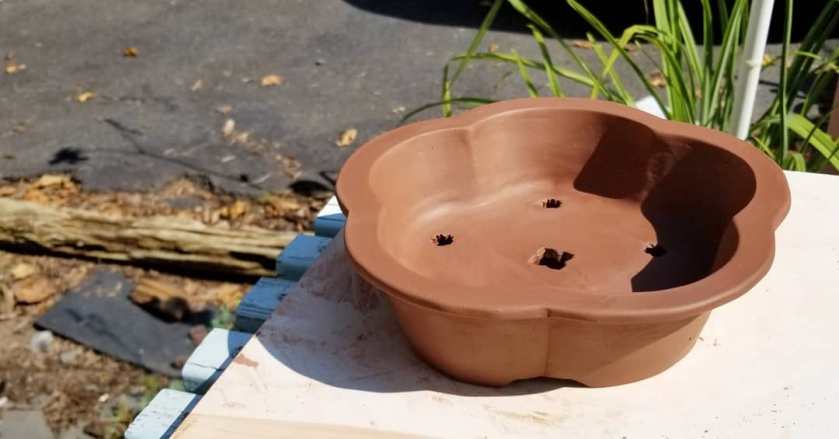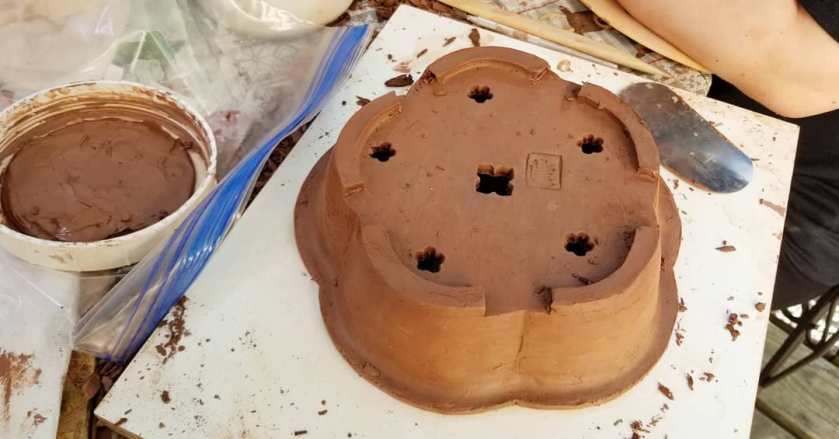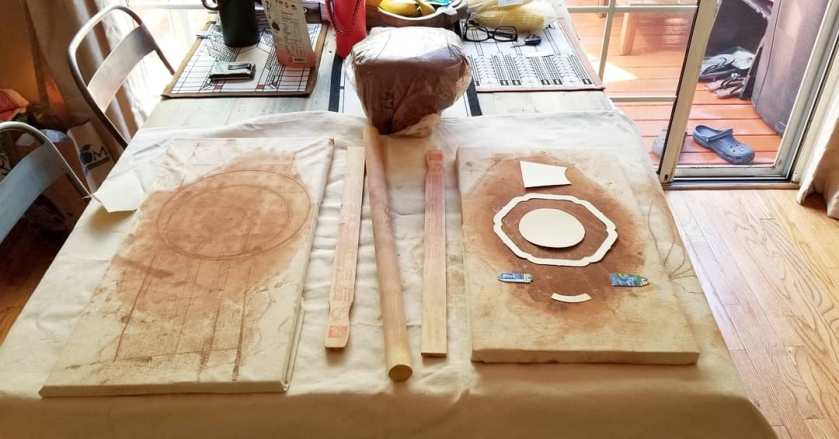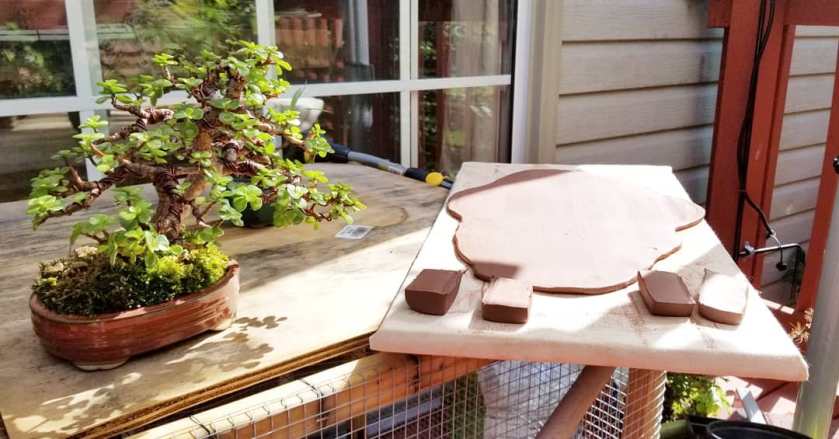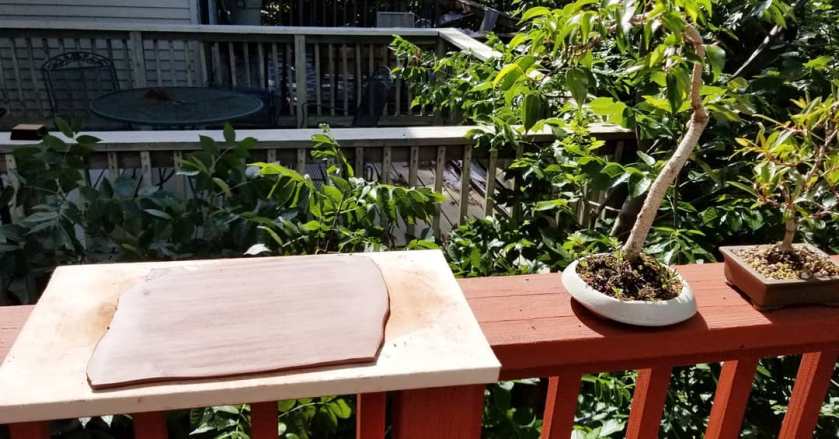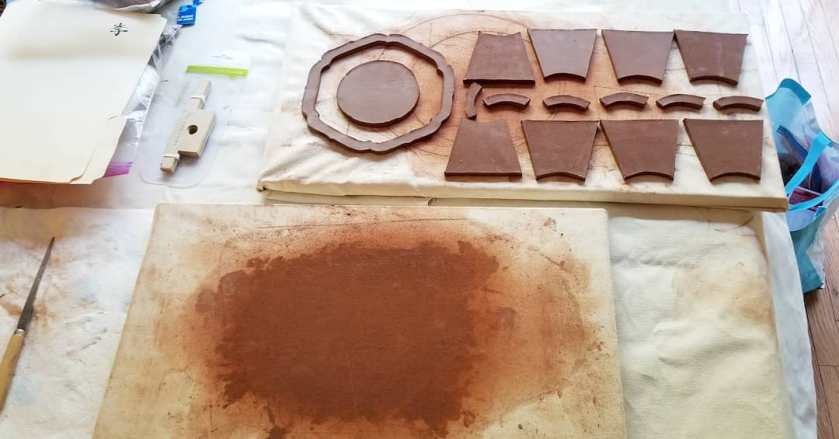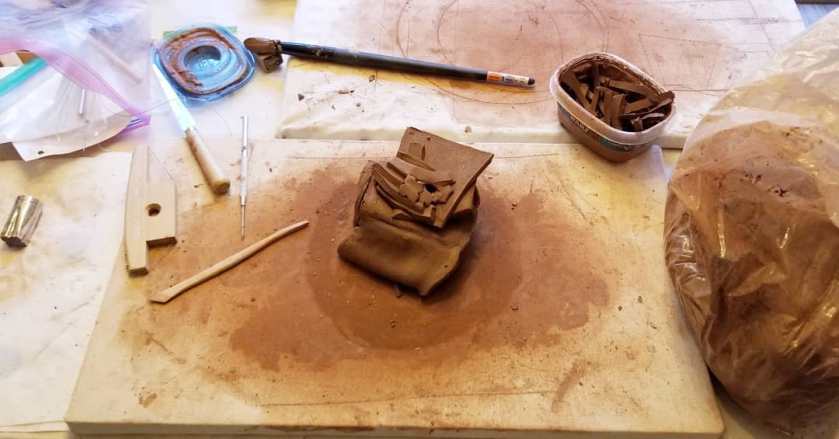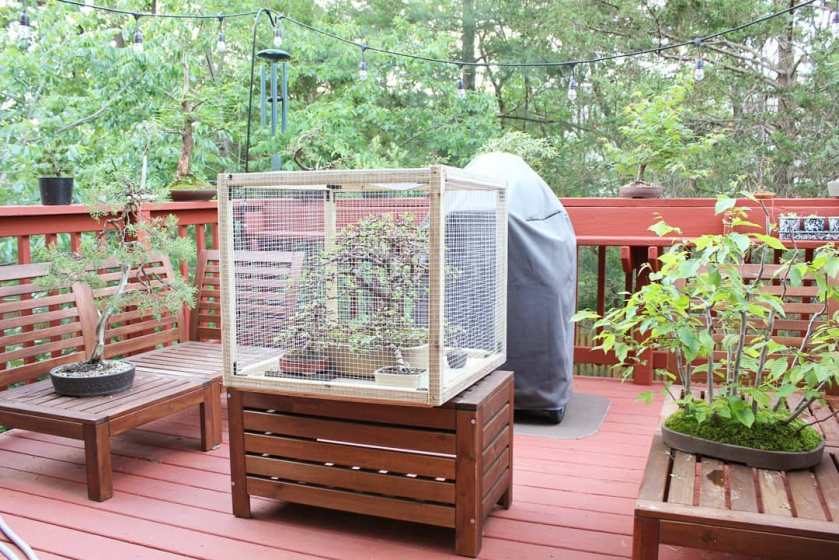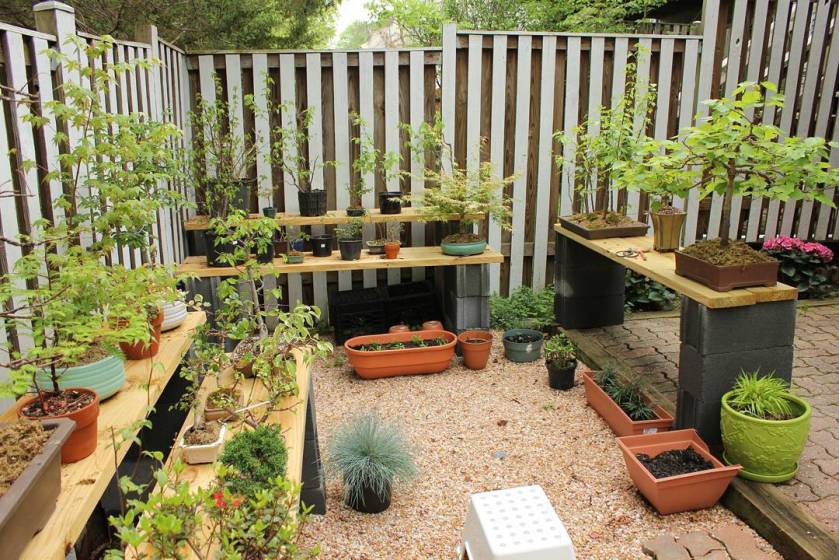There are times in one’s life where one’s dreams are seemingly coming true but in a manner where you never expected. I’ve always wanted to be in some way associated with the Bonsai Museum in DC, 2 years ago, I got the chance. Early on in my bonsai hobby, I’ve made many visits to the museum and I always had the thought, will I ever get a chance to put one of my trees on these benches. I’ve noticed that there were trees from clubs and their trees get featured. A decade later, I had the opportunity to display a tree of mine for the Potomac Bonsai Association (PBA) Show at the bonsai museum. I thought I’ve accomplished my goal, I’ve plateaued, I’m finally here, at least for the regular serious bonsai enthusiast. 2 years later, at another PBA show I entered a smaller version of the same species of tree (seemingly less enthusiastic this time) and that caught the attention of the curator of the museum. I volunteered that day to help the PBA check in and check out trees. Being stationary, I was able to observe quite a lot and sitting at the only table that was open, I was able to share the table and have lunch with curator, Michael James. The man was simply a blur, when he wasn’t moving he was refueling his body so that he could move again. So being able to share the table with him, having lunch, it was pretty much an honor and we were able to talk. He found out I had a tree out on display, a portulacaria afra, and he said “It was cute!”
I’ve had 3 mentions of bonsai being cute in my life; one time by a friend, one time by my mentor, and the most recent time, by the curator of the bonsai museum.
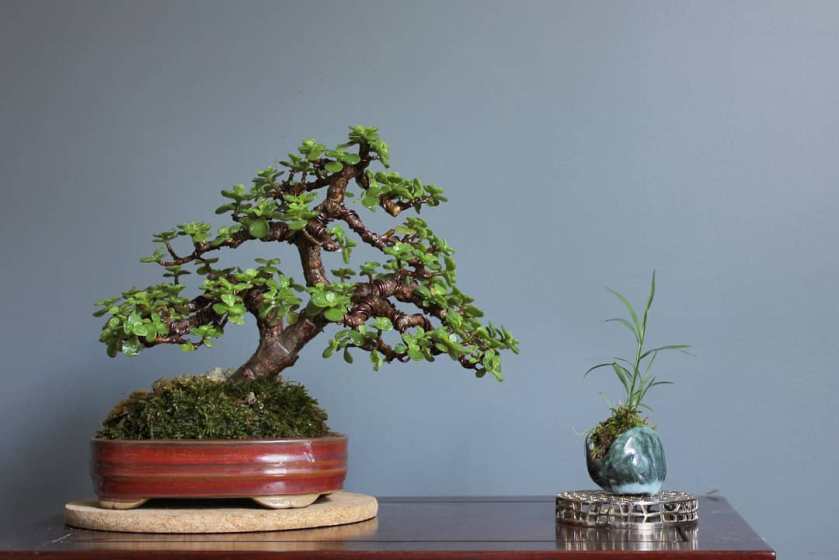
I guess it was cute. What he liked most about the tree or rather, what he was most curious about was how careful did you have to be to wire and shape it. The answer, not really, but really. It wasn’t an answer because it’s relative to one’s experience as well as one’s strength control, but truly the answer was that these things definitely were not as fragile as one would think. However, would need some reservation to not use a tremendous amount of force to bend large branches. Slow and steady wins the race, with guide wires.
Earlier in the day, I had made a few new acquaintances and had expressed wanting to volunteer like they do since they really only do it once a week or once ever other week. I could definitely see myself doing the same as my Saturday’s are free. Little did I know that someone actually took me seriously and suggested it to the curator. So while sharing the table with him, he said, someone suggested you’d make a great volunteer here. Would you be interested? He had me at hello…even though he didn’t say it.
Three weeks later, after paperwork, I was able to start my volunteering. My very first job was to take on this Japanese White Pine that’s been in training since 1855.
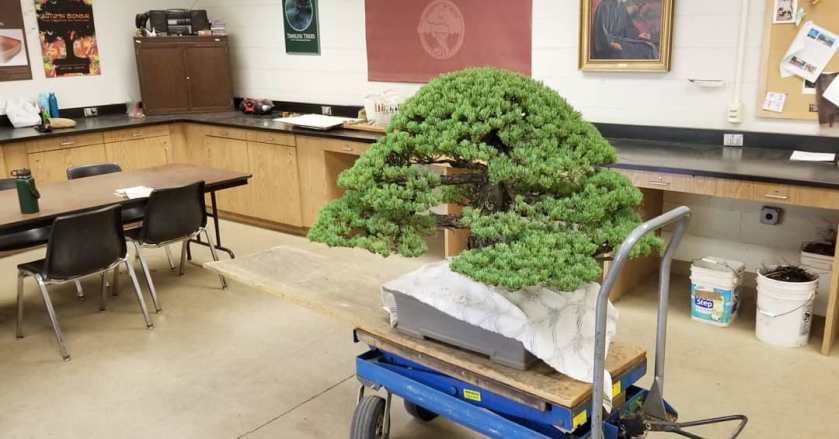
My task was to clean off all of the brown needles off of the needle clusters and remove any sheathing left over. The curator had told me that if you were to inspect closer, you’d notice that you can see last years needles and they are visibly smaller. Nothing is menial and everything had a purpose.
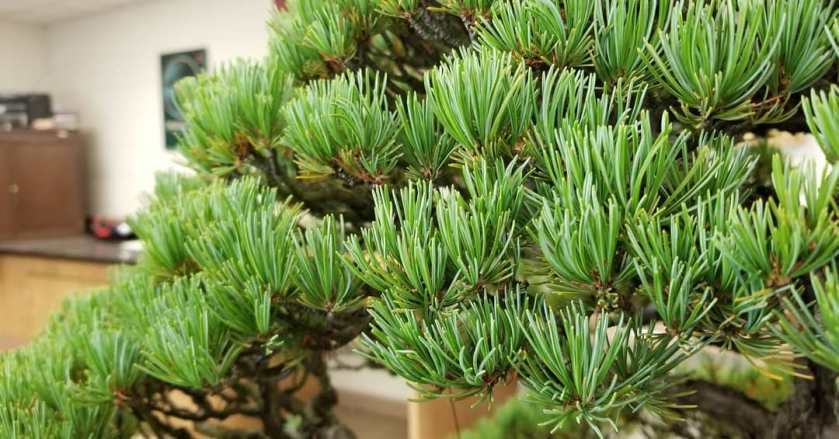
The reason for this is because the tree was simply not as healthy last year as it is this year. This year’s flush was so dense, it dwarfed last years needles. It may not look like much; however, it does make a big difference.
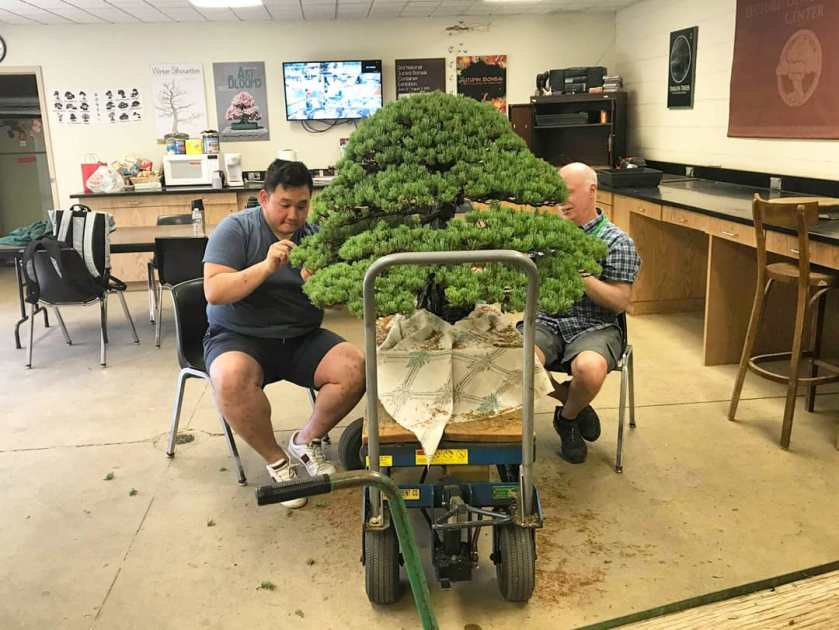
4 hours later, I was done and the tree is visibly more lush and green. “It’s like someone just doused it with a tub of water and the tree is in such good shape” said the curator. We moved the tree out to the pavilion and placed it back on the bench.
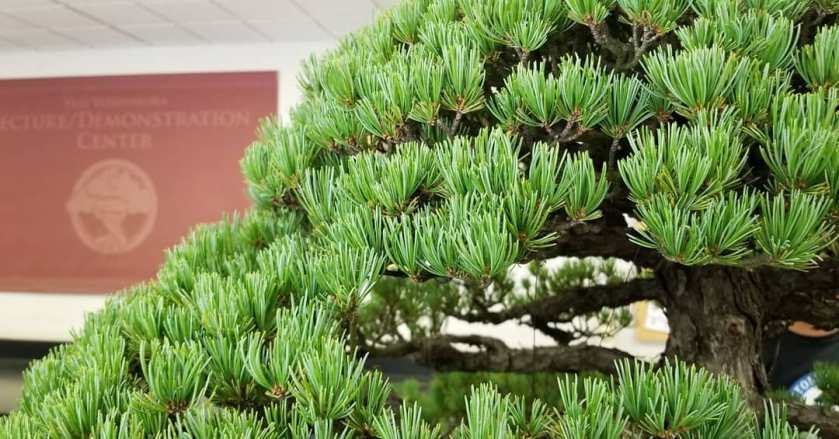
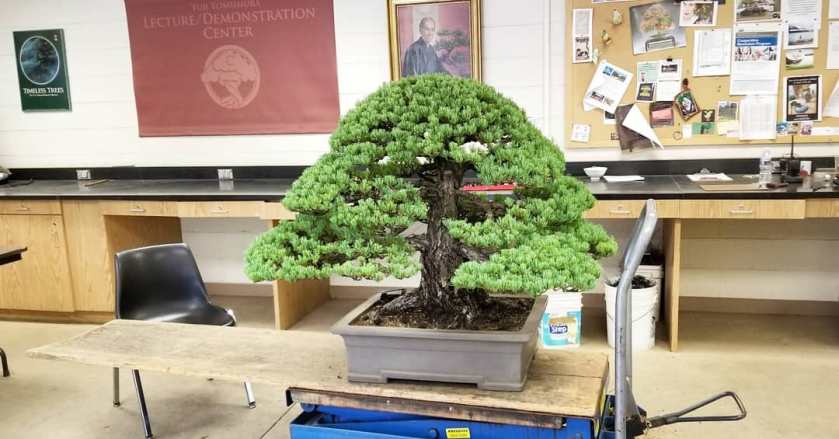
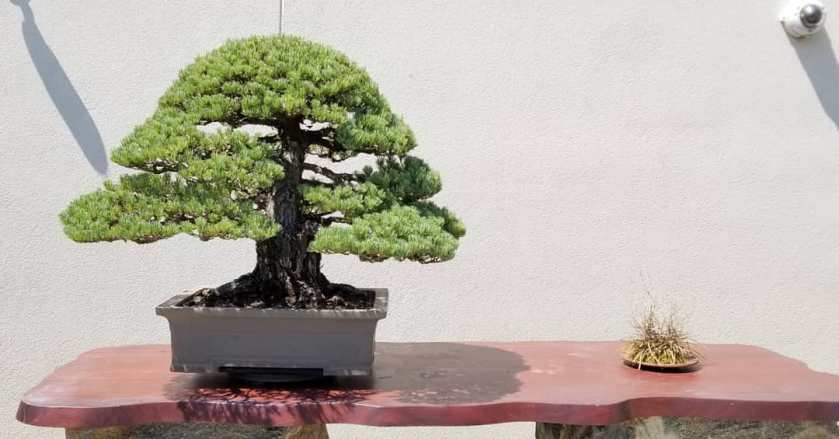
At the end of the day, being able to sit and look around staring at the tree, I realized I was part of this place. People coming up to the tree and just saying, how beautiful it is, made my day and hours of work worth every second of it. In the end, it was exactly what I had hoped for; it was to gain knowledge and to further my understanding of why people do things the way they do and to see it first hand as well as my own hand.
I will learn so much from here.
